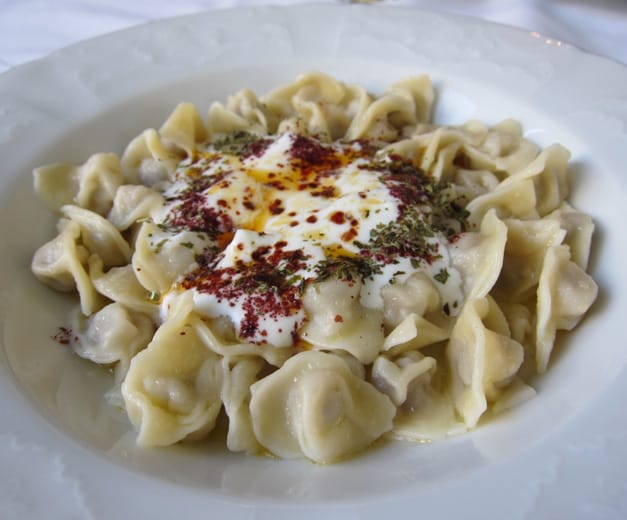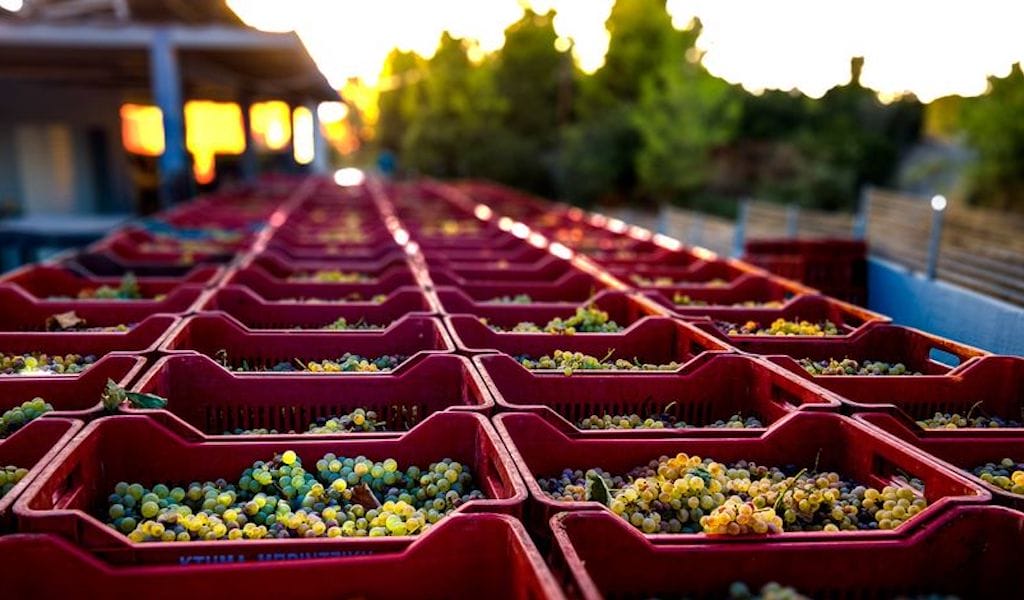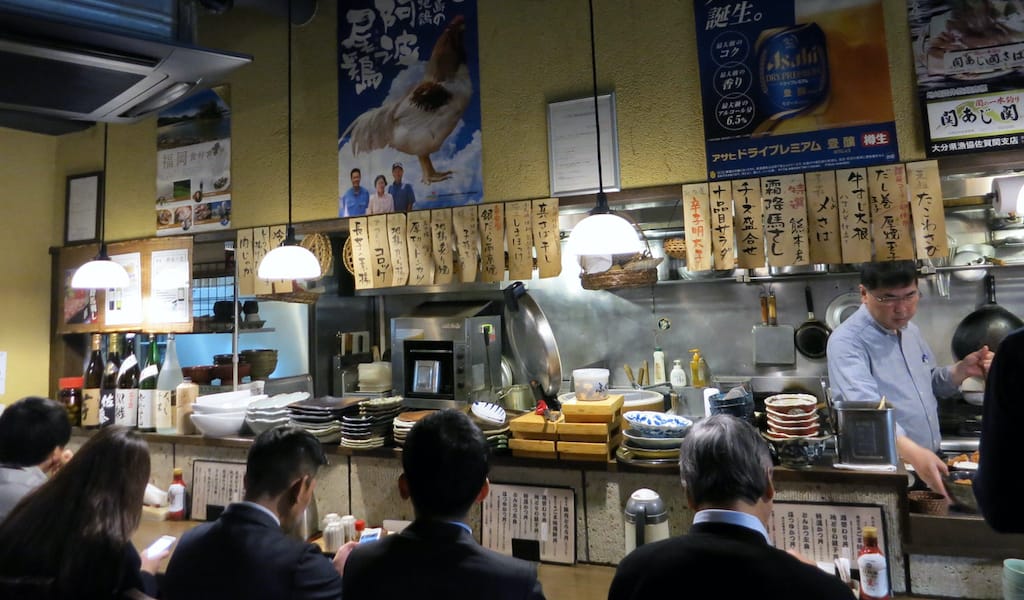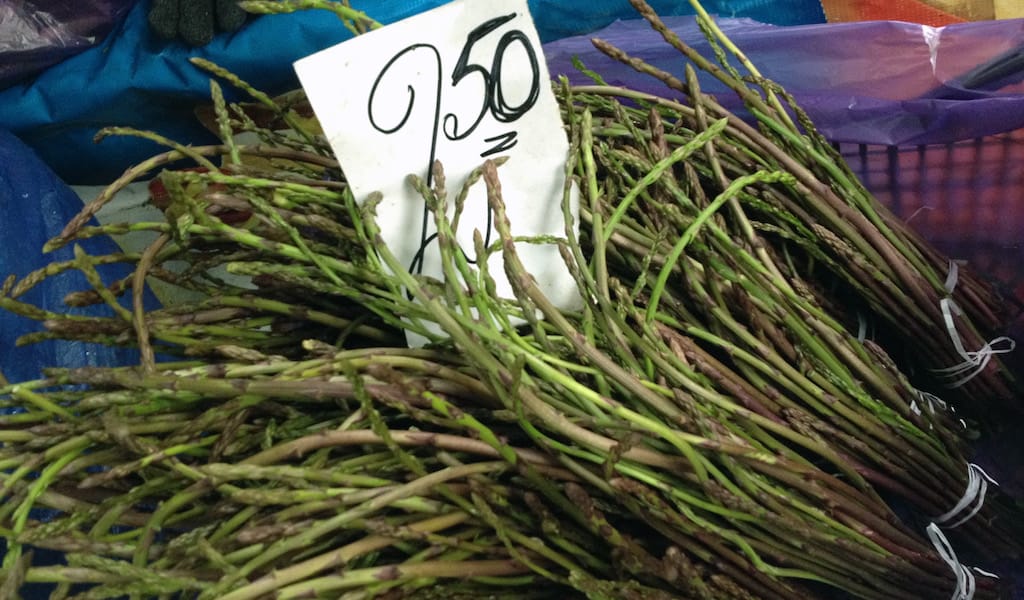Editor’s note: We are sad to report that Gülbi’s has closed.
“I’m not a missionary, but I am not doing this just to make a profit. People must see that there is mantı outside of Kayseri, there’s Crimean Tatar mantı, as well,” explained Gülben Resuloğlu, in front of her restaurant in the leafy Feneryolu district of Istanbul’s Asian Side. If Martha Stewart were in the mantı (also known as “Turkish ravioli”) business, her place would look just like Gülbi’s – meticulously decorated in pastels, white and floral prints. Everything matched, even the two neatly dressed women who welcomed us: Gülben (the Gülbi in question) and her sister, Leyla. But kept just behind tidy appearances, we discovered, is the pain of being Tatar. We’re convinced that this identity, which was forged in the fire of dispersal and diaspora, made the food taste better.
Gülbi’s family was forced into exile in the mid-19th century at the time of the Crimean War, when Russia was engaged in a struggle with the Ottoman Empire. Tatars were thought to be Ottoman sympathizers, so being one in the Crimea was dangerous indeed. Fearing for their lives, they settled in Dubroja, then part of the Ottoman Empire and now part of Romania, where a Tatar diaspora was already set up. There, the Tatar language, a cousin of modern Turkish, and culture incubated in the tight folds of a community positioned on major 20th-century fault lines. They survived the fall of the Ottoman Empire, the creation of Romania, famine, Communism, Fascist purges and the Second World War. Meanwhile, back in the Crimea, the remaining Tatars were exiled by Stalin to Uzbekistan, with devastating consequences. But Gülben and her family remained in Dubroja until 1970, when, exhausted by Ceausescu’s police state, they made their final move to Istanbul, a city, according to Gülben, that her great-grandfather had been aiming for when he was waylaid in Romania. A pastoral nomadic life might be the idealized side of the Tatar identity, but to be a refugee is a reality all Tatars know well, Gülben explained.
Then she offered us a menu. We ordered one of everything.
“Because we are nomads, we don’t have much to do with vegetables. Meat and hamur işi [dough-based foods] are the essence of Crimean Tatar cuisine,” she continued.
Shorpa, a thin broth made from sheep bones and a little bit of yogurt, was brightened by fresh mint and scallions. We would encounter this fragrant, tangy broth throughout the meal, but enjoyed it as a warm-up at the meal’s start.
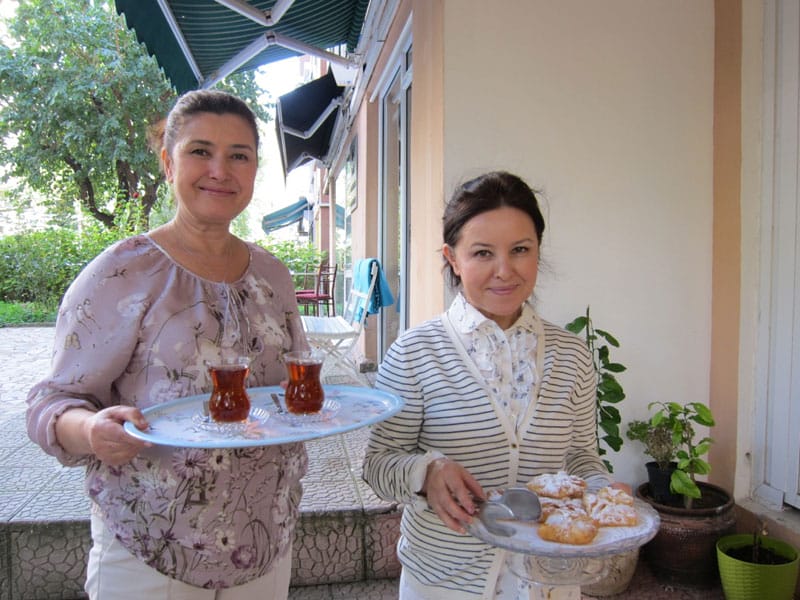
What is known in Turkey as “çiğbörek” (uncooked börek) is actually “chuborek” to the Tatars, who introduced this popular pastry to Turkey. The word “chu,” close in pronunciation to the Turkish “ciğ,” refers to the sound made as the puffed-up pastry deflates – the only food we know of that is named after the passing of gas. As you tear open the flaky pastry shell, you’ll be enveloped in a whoosh of broth-laced steam and will understand the pleasure of snacking à la Tatar.
Out came thick squares of Tatar chicken pie, called kobete. “This is a meeting food. Whenever there is a birth or a wedding, there is kobete,” said Gülben. Spicy and rich as the filling was, we got the feeling that kobete could be filled with just about anything; the purpose of the dish is to showcase the pastry skills of the cook. Gülben’s were beautifully crafted, with a firm crust and a golden-brown surface covered with sesame and black cumin seeds.
Equally impressive were the mantı, the pride of Gulbi’s kitchen. Across the mantı-making zone that encompasses the Crimea and runs clear out to China, there have got to be thousands of different ways of folding mantı and at least as many ongoing debates about which is the best. Our most memorable mantı was the one filled with piping hot soup that scalded us on the street in Shanghai, but we were deeply impressed by Gülben’s delicate, ear-shaped dumplings. Working the architecture between our teeth, we tried to identify what was so special about these. It might be the unique folding technique, or the way Gülben prepared the dough to be extra soft (“not like hard Kayseri mantı”) or the subtle flavor range lent by that bewitching broth – all valid remarks in the great mantı debate. But we kept returning to this mantı as a monument to Tatar survival, not just hot chow.
This particular little folk-art object, along with Gülben and many people of Tatar origin living in Turkey, made it here against tremendous odds. This dimension, the human side of what’s on the plate, is the special sauce that can turn a good meal into a rich culinary experience. We applaud Gülben and Leyla for sharing their story, satisfying our hunger for the abstract stuff folded into such a humble-seeming, little dough-wrapped package.
 October 8, 2020 Wine Week 2020
October 8, 2020 Wine Week 2020
When it comes to native grape varieties, the Greek vineyard is among the richest in the […] Posted in Athens May 7, 2024 Japanese Pub Crawl
May 7, 2024 Japanese Pub Crawl
Walk into most any izakaya in Tokyo and you’ll find folks gathered around tables […] Posted in Tokyo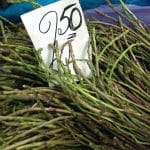 April 17, 2018 Spring Surprises
April 17, 2018 Spring Surprises
Out here in Garikula, our slice of heaven an hour west of Tbilisi, spring is peaking. It […] Posted in Tbilisi
Published on January 23, 2014
Related stories
October 8, 2020
AthensWhen it comes to native grape varieties, the Greek vineyard is among the richest in the world. Presently there are 33 PDO (Protected Designation of Origin) varieties and 100 varieties with a PGI (Protected Geographical Indication) spread across the country, from the northern border to the outermost islands. While some of these indigenous varieties are…
May 7, 2024
Tokyo | By Culinary Backstreets
TokyoWalk into most any izakaya in Tokyo and you’ll find folks gathered around tables overloaded with an assortment of sashimi, yakitori, edamame, cups of sake and bottles of Asahi. Here is Japan’s answer to the tapas bar, outshining most any after-work happy hour. The charm of izakaya dining lies in the variety: From crispy tempura…
Check out the season’s bounty on our market tour.
April 17, 2018
TbilisiOut here in Garikula, our slice of heaven an hour west of Tbilisi, spring is peaking. It started with the plum blossoms and now the apple, pear and cherry blossoms are popping, painting the countryside in patches of white and pink. Walking along a village path with our neighbor Shota, he suddenly stops, bends down…







































